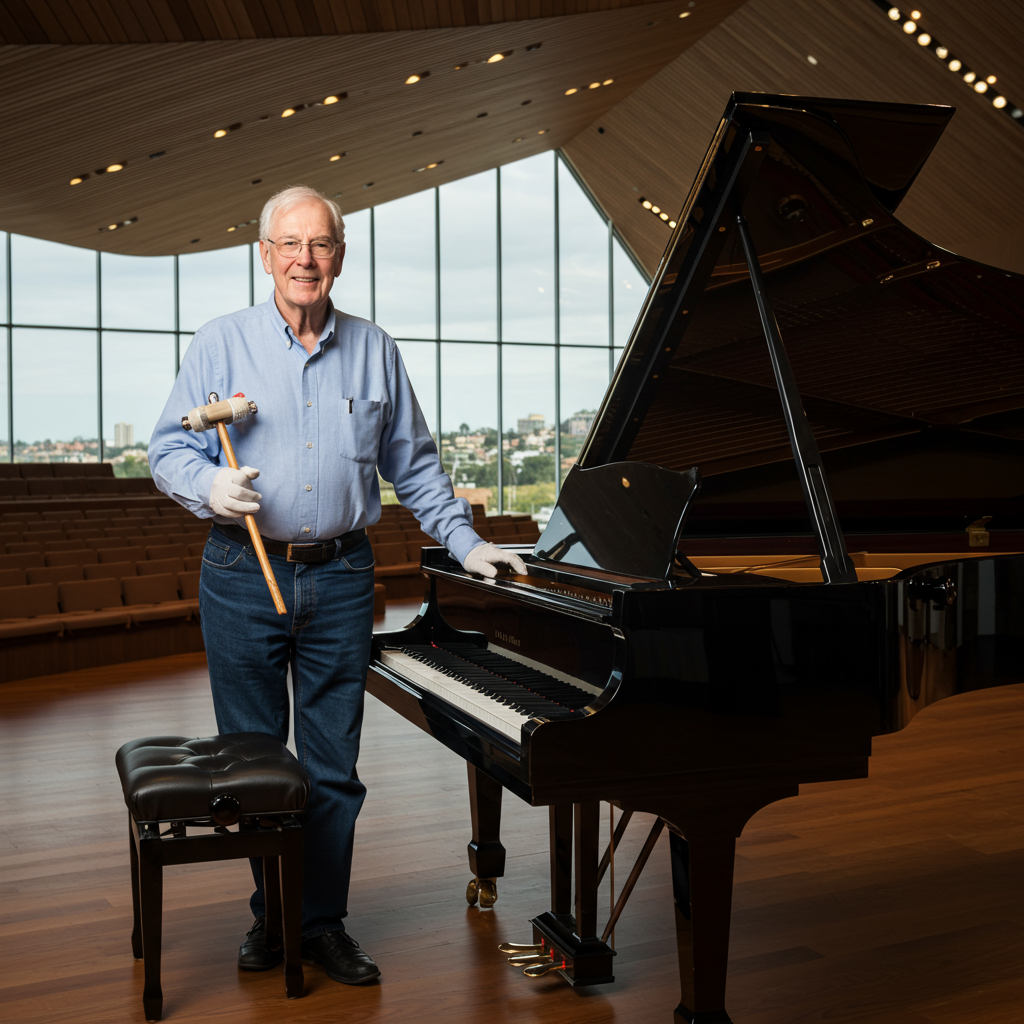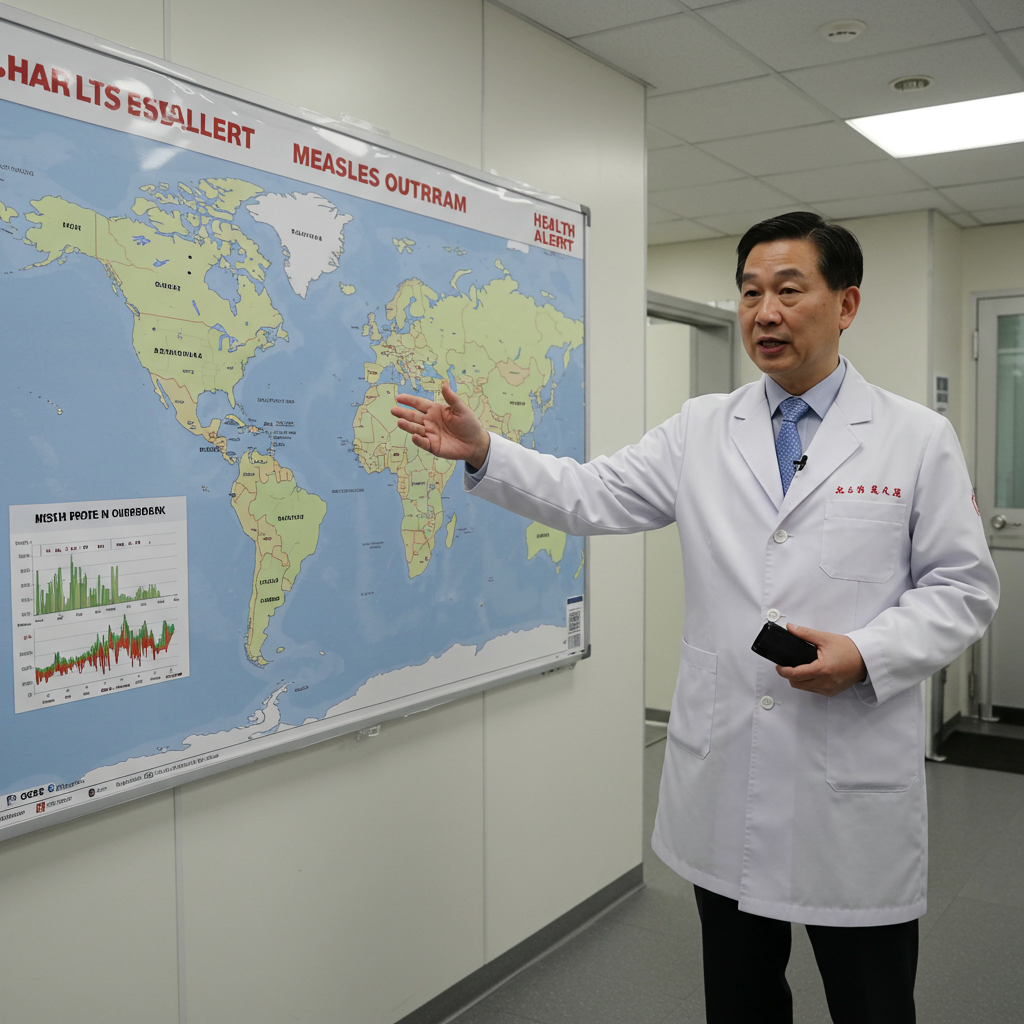For five decades, as countless stars graced its stages and millions marvelled at its iconic sails, one man worked quietly behind the scenes, ensuring the Sydney Opera House always sounded its best. Terry Harper, the venue’s dedicated piano tuner, has retired after an extraordinary 50-year career, marking the end of a unique family legacy within the world-famous building.
Since opening its doors over half a century ago in 1973, the Opera House has witnessed everything from historic performances and world-leader visits to avant-garde art installations and even a championship win by a young Arnold Schwarzenegger. Through all the spectacle and change, Terry Harper was a constant presence, meticulously preparing the highly technical instruments for global musical elite.
A Legacy Born in Sydney’s Music Scene
Terry’s deep connection to the Opera House began long before he officially joined its staff. It was his father, Ron Harper, a renowned piano tuner and performer who emigrated from Liverpool, who first established the family link. Shortly after the venue opened, Ron was called upon when a poorly tuned piano caused issues during a Sydney Symphony rehearsal. His expertise quickly made him the go-to tuner.
Growing up, Terry got a unique window into the vibrant Sydney music scene, accompanying his father to nightclubs and witnessing performances by legends like Dame Shirley Bassey, Liza Minelli, and Cilla Black. This early exposure instilled a deep appreciation for music, even if Terry himself wasn’t drawn to performing or mastering the piano (after trying it for a year, he gravitated towards drums and choir).
Joining the Sails at 19
In 1976, just three years after the official opening by Queen Elizabeth II, a 19-year-old Terry followed in his father’s footsteps. After completing a dedicated one-year piano tuning course, he joined Ron under the distinctive sails. He honed his skills starting with rehearsal pianos before eventually taking over the demanding role fully when his father retired about a decade later.
Terry recalls visiting the Opera House as a child when it was still under construction. “The sails were up, but it was all very bare,” he told the BBC, remembering being able to see the harbour through the unfinished spaces. He had no idea then that this would become the place he spent most of his life.
The Art and Science of Tuning by Ear
Piano tuning is a skill that requires incredible precision, and Terry mastered it entirely by ear. Walking into a room, he could immediately detect if a piano was out of tune, a testament to his “very good sense of pitch,” though he admits it’s a difficult skill to truly master.
He explains that most keys on a piano feature three separate steel wires, combining to produce a single note. A Concert Hall piano alone can have 243 strings! The intricate process involves listening intently for “beats” – the tiny deviations in frequency that occur when these strings aren’t perfectly aligned. Eliminating these beats ensures the harmony and clarity essential for world-class performances.
Tuning one instrument can take up to 90 minutes. Given the constant use of the Opera House’s 30 pianos, especially for demanding large-scale concertos which Terry likens to “F1 racing cars” being “really gunned,” each piano needs tuning essentially every time it’s used.
A Relentless, Rewarding Calling
This constant demand meant Terry’s job was often relentless. “It doesn’t stop. And it’s night times, it’s early mornings, it’s two and three times a day,” he shares. While piano tuning can be a solitary profession requiring quiet focus, Terry found great satisfaction in the work itself and the environment.
The perks certainly didn’t hurt, including brushing shoulders with some of the planet’s most celebrated musicians and securing access to the most sought-after tickets in town. His expertise also took him beyond Sydney, tuning pianos at prestigious venues like the Royal Albert Hall, Abbey Road Studios, and BBC offices.
But despite these experiences, the Sydney Opera House held a unique place in his heart. “For me, it’s a very happy place,” he reflects. “It’s pretty much been my life.”
Passing the Baton (or Tuning Fork)
Earlier this year, after half a century dedicated to perfecting the sound of the Opera House, Terry decided it was time to retire. He jokes that the enforced quiet during the Covid-19 pandemic gave him a taste for a less demanding pace.
His son wasn’t keen on continuing the family business, preferring “computer stuff,” Terry notes with a chuckle, meaning his retirement also signifies the end of the Harper family’s continuous 50-year tenure as the Opera House’s principal piano tuners.
The venue is now seeking a new contractor to take over the vital role. Terry has heard rumours he might be replaced by multiple tuners, playfully suggesting someone owes him money as he feels he’s been doing the work of six people!
As his final day arrived, Terry admits a wave of emotion came with it. Despite the solitary nature of his technical work, he cherished the connections made over the years. “I’ve always had the camaraderie of all the people that work here,” he says. “I’m going to miss the place.”
Terry Harper leaves behind a legacy of perfect pitch, countless flawless performances, and a quiet, essential contribution to the history and sound of the Sydney Opera House.




